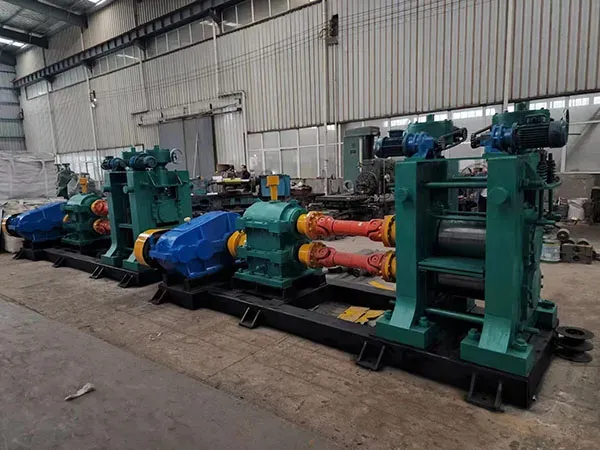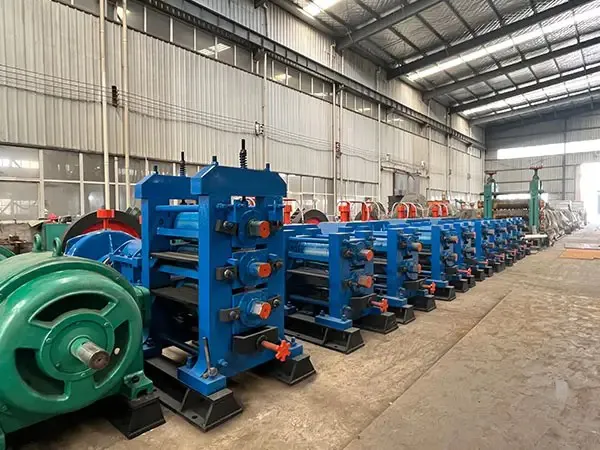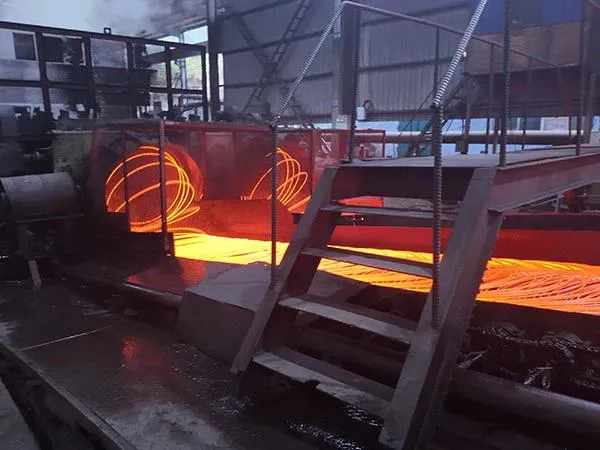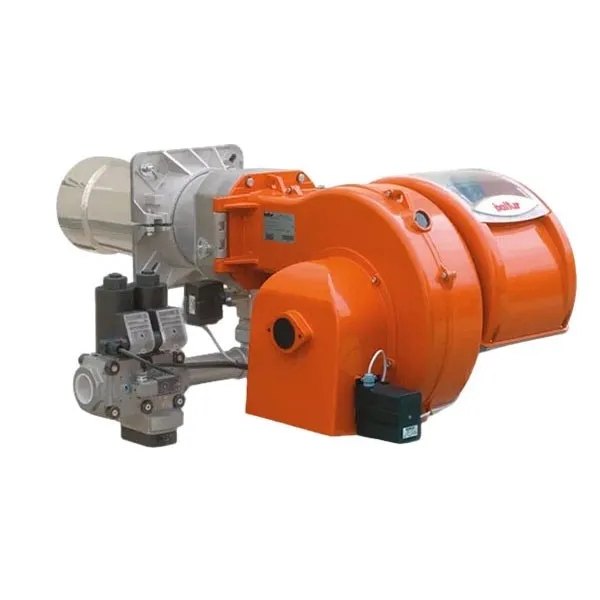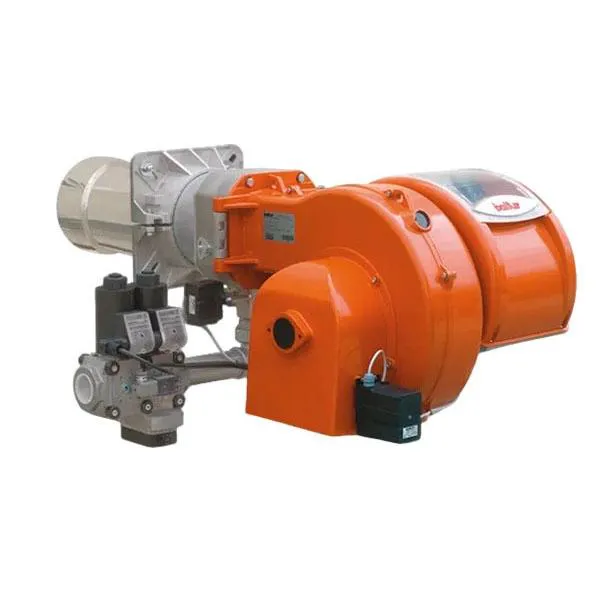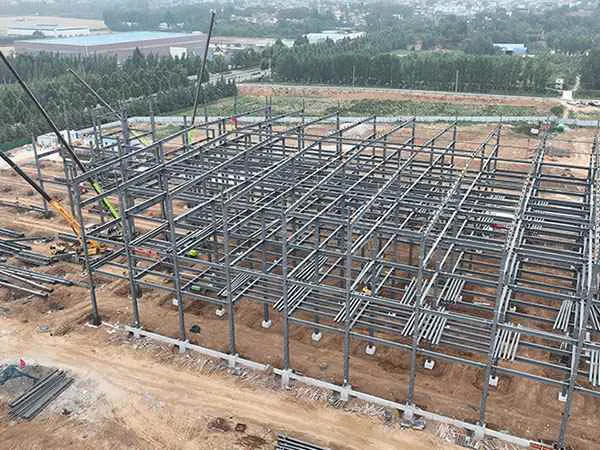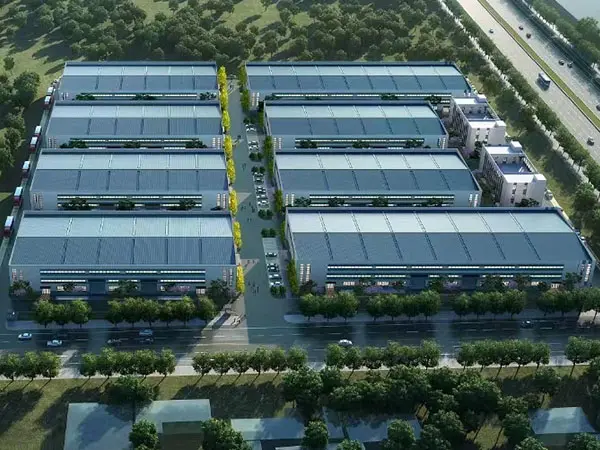Las industrias de la construcción y la manufactura están evolucionando a un ritmo sin precedentes. La elección entre el procesamiento tradicional de barras de acero y el moderno procesamiento automatizado. líneas de producción de barras de acero puede afectar significativamente los cronogramas del proyecto, costos, y calidad general. Si bien los métodos convencionales han sido confiables durante décadas, Las soluciones automatizadas actuales están estableciendo nuevos estándares en eficiencia., seguridad, y rentabilidad.
Línea de producción de barras de acero versus procesamiento tradicional
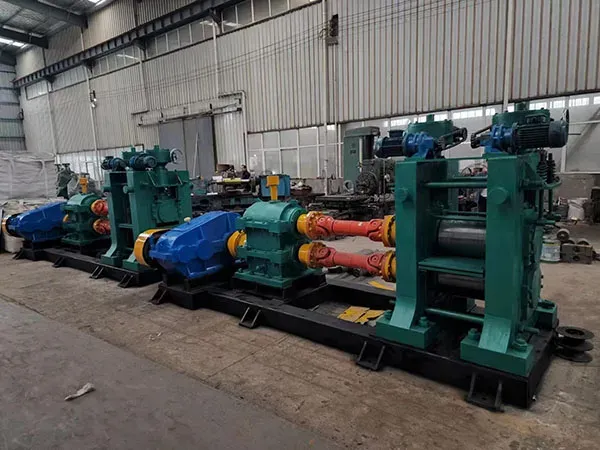
1. Eficiencia inigualable y mayor producción
El procesamiento tradicional implica múltiples pasos manuales, como cortar, flexión, y dando forma, cada uno de ellos introduce retrasos y aumenta los costos laborales. Las modernas líneas de producción de barras de acero integran estos pasos en un flujo de trabajo continuo y automatizado., manejo del alisado, corte, y agrupar con una mínima intervención humana. Como resultado, El rendimiento de la producción puede aumentar en 50% o más, hacer que la fabricación a gran escala sea más rápida y confiable.
2. Consistencia superior y calidad del producto
Las operaciones manuales son propensas a la variabilidad de tamaño., ángulos de flexión, y acabados superficiales. Las líneas de producción automatizadas mantienen una precisión uniforme y un estricto cumplimiento de las especificaciones., Reducir los defectos y garantizar resultados de alta calidad.. Esta coherencia es crucial para grandes proyectos de construcción donde la integridad estructural no puede verse comprometida..
…
Para obtener información más detallada que compare las líneas de producción de barras de refuerzo con los métodos de procesamiento tradicionales, por favor haga clic para visitar:https://www.gyssljx.com/a/news/steel-bar-production-line-vs-traditional-processing.html

